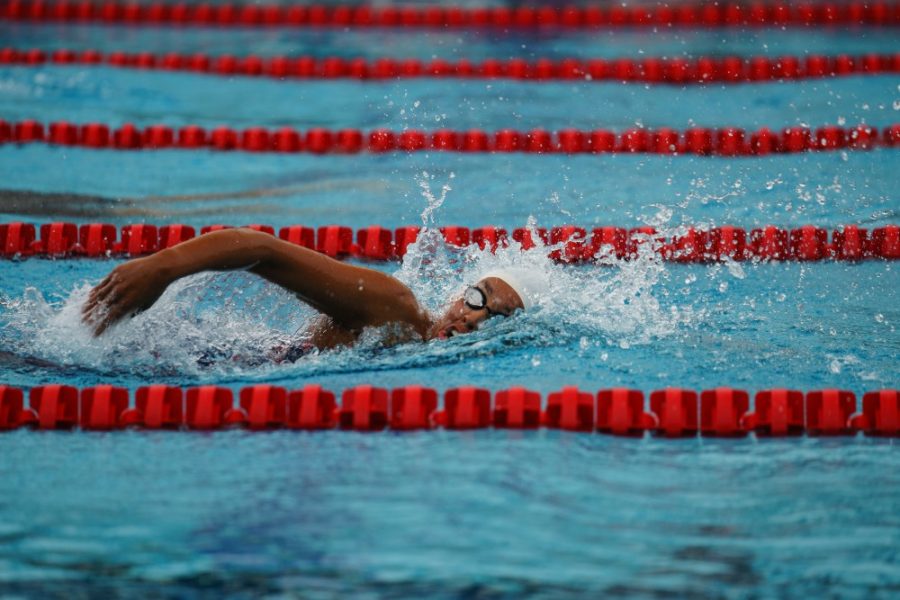The University of Arizona Student Recreation Center pool is an oasis for students looking for a cold release from triple-digit temperatures. Despite Gov. Doug Ducey lifting restrictions on gyms and apartment pools during the COVID-19 pandemic, the pool remains closed.
Ducey’s executive stay-at-home order issued on March 30 expired on May 13, allowing pools and gyms to reopen to the public with new guidelines. His guidelines reiterated the 6-foot social distancing rule and the use of hand sanitizer after visitations.
“There is no indication that COVID-19 can be spread through water,” said David Salafsky, director of health promotion and preventative services at UA Campus Health. “People are excited to go back but there will need to be extra measures and extra precautions.”
His major concern with pools opening lies in large congregations of people. Salafsky is a part of the UA reentry task force created by President Dr. Robert C. Robbins. Campus faculty are working together on standardizing new rules for COVID-19 safety once the university opens again.
RELATED: Nursing homes and assisted living facilities: a battleground for COVID-19
Some of these new precautions are being tested by on-campus apartment buildings. The Sol y Luna apartment buildings on Tyndall have opened their rooftop pools with new restrictions. The apartment complex said they are limiting pool capacity to 30 people with access granted when the residents show the front desk their security passes.
In contrast, the UA pool remains closed at this time due to its status as a university facility. If the UA campus is closed, the Rec Center will be closed, too. Drake Belt, the assistant director of the aquatics and safety programs at the UA, says that apartment pools are a lower risk to open than the Rec Center. The center serves thousands of students, alumni and faculty.
To open its doors to the public, the Rec Center will need to upend the old guidelines and create new rules for every employee and department of the facility. Every aspect of the center including equipment, hallways and lockers would need to be considered as a home for the virus to live.
The Centers for Disease Control said the virus can survive on surfaces from anywhere between a few hours to a few days. Surface survival coupled with a high volume of people in the recreation facility heightens the chances for disease transmission.
In search of new pool restrictions, Belt’s been attending online webinars held by the National Intramural-Recreational Sports Association and is utilizing resources from the Association of Aquatic Professionals. Belt’s also been in contact with the Student Recreation Center aquatic staff at different universities, like Arizona State University. Collaboration within his field across the country has helped share some new ideas for healthy pool practices.
“COVID-19 can’t be transferred via water if you’re following CDC standards, which we do, but it can still be transferred via air,” Belt. “If you’re in the water with somebody, you can still transmit the virus.”
This possibility has changed the way pools can be experienced. Belt explained that Oro Valley pools are limiting one lane per swimmer and must be done by reservations.
To limit close contact, Belt anticipates the lounge chairs at the edge of the pool will likely be taken away for reopening. The pool will mainly be a lap pool with programs like in-person swim lessons and lifeguard certification classes suspended. Belt said ASU and other universities are doing the same.
Belt goes to the Rec Center throughout the week to monitor chemicals in the pool. Chlorine can swiftly kill bacteria within minutes if regularly maintained, which is why health professionals are less worried about water and more focused on social distancing. The pool’s new rules will be posted online once UA reopens.
“When we reopen,” Belt said, “we want the pool to be as safe as possible.”
Follow Alexandra Pere on Twitter









